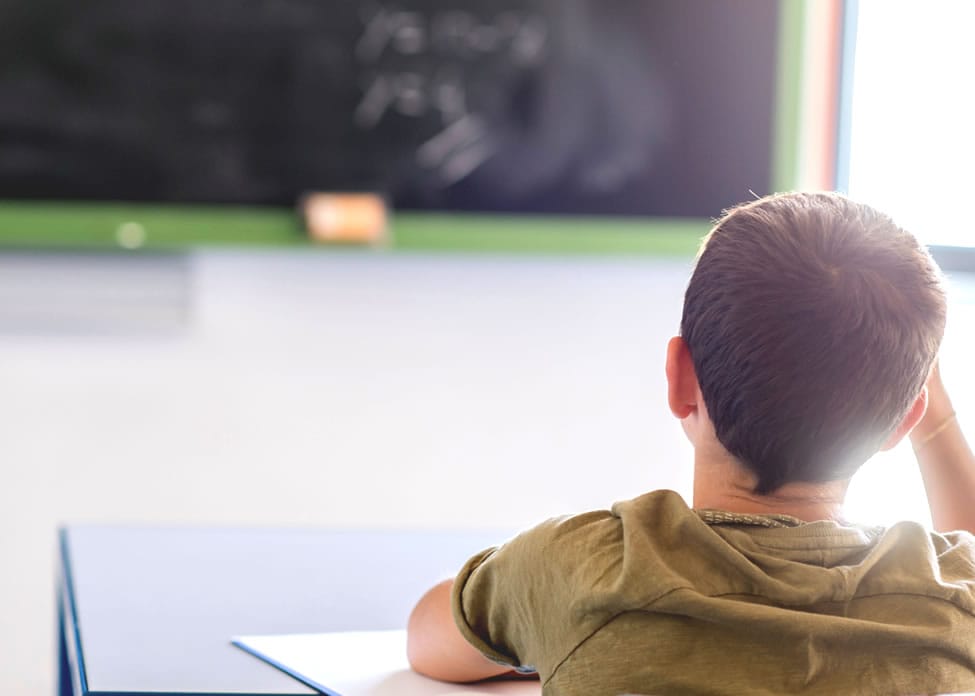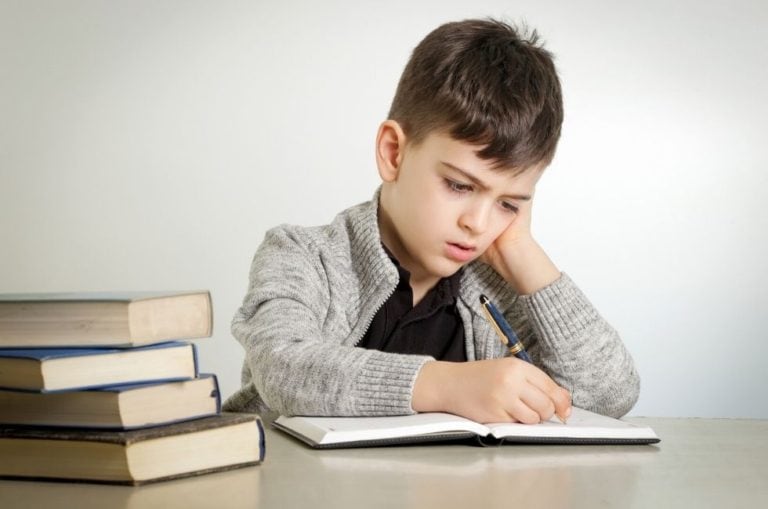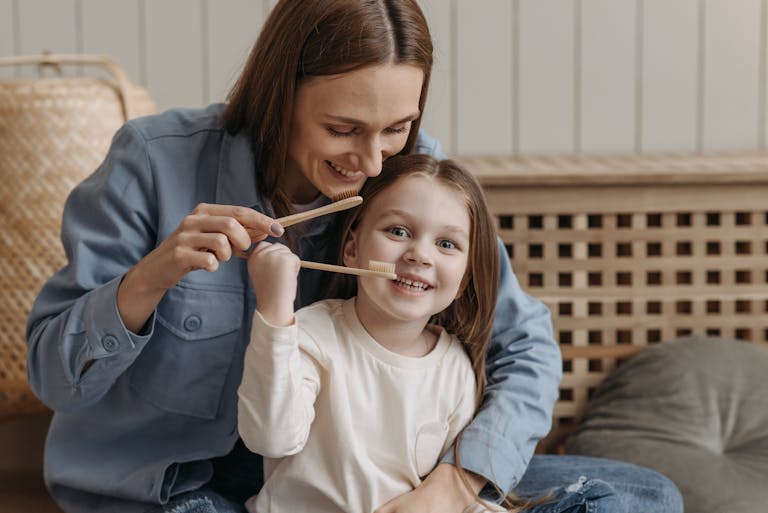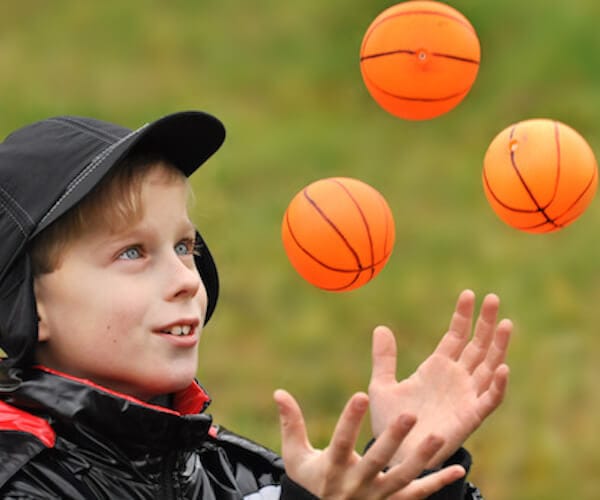When children go to school for the first time, and every year from then on, a lot of attention is paid to providing them with the right workbooks and other tools considered necessary for learning. But one set of tools, the vision skills necessary for successful learning, is often overlooked in the process, according to Australian behavioural optometrists Jacqueline Gattegno and Gary Rodney.
Rodney, founder of Smart Vision Optometry, says that while more parents (and schools) are becoming aware of the need to check children’s eyesight each year before school opens, they are settling for standard eye tests which report on whether or not they can see objects at a distance of 20ft (the average level of distance sight) and earn the 20/20 rating which simply indicates how well each eye can do so.
What it doesn’t show, and is largely ignored until behaviour or lack of performance raises its head as school progresses, is that even with 20/20 eyesight, children may have vision problems which deprive them of the ability to understand what they are seeing, and leave them without the perceptual vision skills they need to process information in the school environment.
Learning Requires More Than Good Eyesight
Learning and performing well at school requires not only good eyesight, which is processed by the brain and eyes, but also the interpretive mental or thought process of perceptual vision. Backing this is the need for eyes that team well, focus on the same point at the same time, can track objects as they move, follow letters across the page.
And they should have an efficient focusing system that is flexible enough to allow for switching focus from near to far on a regular basis as focus shifting is particularly necessary in classrooms, where children are asked to copy words written on the blackboard at the other end of the room, into books that are on their desks only about 20 inches away from their eyes, says Gattegno.
How to Improve the Vision Side of Learning
Rodney says that vision skills and the visual process are a core part of behavioural optometry. Rather than testing how clearly children can see letters across a room as a standard eye test does, it instead looks at the functional and perceptual vision skills, which reveal how well the vision system is functionally able to concentrate and visually attend, and the level at which the brain processes visual information.
Perceptual vision skills, Rodney says, are an essential part of successful learning, and if these are not operating normally, they can seriously impact on children’s physical and mental performance and behaviour at school. However, by doing so, they can also sound the alarm that something may not be right with their vision, and provide a call to action to have their vision skills checked. Fortunately, these skill deficits can often be corrected with vision therapy and training.
The Vision Skills Toolbox
In an ideal situation, Rodney says children should have most of the following vision skills, and be able to draw on them to help their learning performance. But just being unable to apply one or two of them, could affect their lives and their learning considerably.
Visual Spatial Relations: A vital part of perceptual vision lies in the viewer seeing their position in relation to objects, and recognise the space between them. This affects their understanding of the concepts of up, down and sideways, as well as the ideas behind left, right, next to, and under. These factors can impact severely on reading; letter and number formation; and movement through crowds. It can also affect their balance, and lead to clumsiness.
Visual discrimination is about seeing and identifying the differences between objects and forms, particularly when they are very similar. These include letters such as “d” and “b”, which are the same shape turned back to front, or numbers like “6” and “9” where one is simply turned upside down to create the other.
Form constancy is the ability to mentally manipulate objects, and visualise the results in a way that two objects can be recognised as being the same, even if they are different in size, colour, or orientation.
Visual Memory allows information which has already been received visually before to be recalled for use as a reference in dealing with new words or facts.
Sequential Memory is the vision skill that, if it’s properly developed, makes it possible to remember characters or forms like cellphone numbers and lists in the right order.
Visual Closure involves matching two items even when one of them has some parts of it missing.
Visual Figure Ground: This is like finding the needle in the haystack. It involves the ability to identify something which is surrounded by other, distracting items.
For more information on vision skills, assessments and therapy, or to make an appointment, visit the Smart Vision website: Optometrists Sydney: Optometry Services For Children and Adults | Smart Vision; for specific information about Myopia treatment and prevention visit Myopia Prevention: Solutions, Control And Treatment In Sydney; and for detailed information about Myopia Treatment visit Orthokeratology In Sydney: The Non Surgical Alternative.
Contact us for an appointment for a thorough eye check-up or Call the Bondi clinic on (02) 9365 5047 or the Mosman clinic on (02) 9969 1600.







